MIB without any political will and government policies in place is not an NEP for the Indian Bottom 40%
COMMENT By K Arumugam, Adviser of Tamil Foundation Malaysia, April 30, 2017.
 The Indian Malaysians have been blessed with a surfeit of blueprints of various shades since Merdeka. The Malaysian Indian Blueprint (MIB) is the latest of them which was launched by our prime minister on April 23, 2017 as the government’s blueprint for the Indian Malaysians.
The Indian Malaysians have been blessed with a surfeit of blueprints of various shades since Merdeka. The Malaysian Indian Blueprint (MIB) is the latest of them which was launched by our prime minister on April 23, 2017 as the government’s blueprint for the Indian Malaysians.
However well-intentioned, the MIB is grossly inadequate and fails to contend with underlying stark realities besotting the Indian poor.
Malaysia is the third richest in terms of its GDP in South East Asia. It has been recording impressive performances over the last few decades. The EPU data shows that the Gross National Income per capita has been increasing and it was RM37,930 in 2016.
In an economic sense we ought to be proud of it. In reality we are not so fortunate. The average monthly household income of the bottom forty percent of the Malaysian population is only RM2,743.
Even the massive affirmative policies socially engineered by the government since 1971 to positively discriminate in favour of the poor bumiputeras had failed to improve the income level of the bottom 40% of the said group.
Instead, such policies appear to benefit the rich to increase their wealth disproportionately.
Information made available in the MIB indicates that in Malaysia’s bottom 40%, the bumiputeras occupy 73.6% with an average monthly household income of RM2,367 compared to Indians who occupy 8.5% with an average monthly household income of RM2,672.
The New Economic Policy (NEP) implemented with full vigour which was aided by a massive government machinery over the past 45 years had failed to improve the household income levels of the poor bumiputeras.
The divide between the rich and the poor is ever getting wider. The wealth is largely concentrated within the elite stratum that is inextricably fused to the political power with a huge capacity to influence the decision making process of the government institutions.
The process created extractive policies that benefitted the elite and the rent seekers.
This is evident from the Crony Capitalism Index constructed by The Economist. It measured billionaires’ wealth in relation to GDP. In 2016, Malaysia ranked second, only next to Russia in the crony capitalism index.
Almost all the billionaires were cronies of the ruling political party. It is not accidental that those in control of political power created a system that distributes the wealth of the nation in a manner that is obtrusively disproportionate and totally detrimental to the poor.
MIB without any political will and government policies in place is not an NEP for the Indian Bottom 40% (IB40).
Even then without putting in place a structural reform for equitable distribution of wealth, there will be no light at the end of the tunnel for not only the IB40 but for any households in the bottom 40% irrespective of their ethnicities.
To the deeply entrenched political system any form of structural reform or any change that rocks the boat is an antithesis.
Nonetheless, the MIB officially acknowledged the long overdue core issues faced by the Indian Malaysians. The Indians numbering about two million constitute about 7% of the Malaysian population.
In terms of electoral votes they are still considered vital in a number of mixed parliamentary and state constituencies.
The MIB, for all intend and purposes, is nothing more than a condescending document to woo the Indian votes for the 14th general election. The remedies outlined to tackle the core issues of the Indian poor can be likened to receiving treatment for chronic diseases at a government outpatient clinic, albeit now with MIB there is a special queue for the Indians.
The MIB’s introductory narrative is commendable as it concisely dissected the Indian milieu. The document recognized the Indians’ presence in the Malay Peninsula in the second century BC, fourth century AD and Indian trade merchants in the fifteenth century AD.
It also acknowledged the Indians’ contribution to economy as immense and also for its cultural richness.
In defining the context for the MIB, the narration is pretty accurate. The target is the Indian poor. The report confirms that they were poor since 1966 noting that 66.7 % of Indian labour was in plantations and another 2.6 % in the mining sector.
Factors like crop conversion, change of ownership of the plantation companies, cheap deployment of foreign labour and development and industrialization pushed this labour class to become the present day Indian underclass occupying the bottom 40%, the IB40.
It is important to note that the New Economic Policy, introduced since 1971 with the two-pronged strategy for eradicating poverty for all Malaysians as well as reducing and subsequently eliminating identification of race by economic function and geographical location, ignored the Indian poor.
It is not to be denied that MIC had cried out in almost all its delegates meetings and conventions over the plight of the Indians. There were indeed many occasions of handouts, concessions, scholarships, admission to universities and the like that benefitted mainly the middle and upper class.
Contextually, the MIB brings the wheel back to the starting point, signalling that nothing has changed significantly for the Indian poor.
Who are the IB40?
They are the same since 1966. Devoid of any policy framework for structural reform, they have inherited poverty and remained poor to become the urban underclass.
In terms of numbers there are 227,600 households. The average monthly household income is RM2,672 and 82% of the IB40 are debt-ridden.
MIB also noted that 3,500 households are classified as poor with monthly income less than the Poverty Line Income (PLI) of RM960 (RM910 for rural) and another 22,700 households with monthly household income less than RM1,000.
MIB also quotes that based on the 2010 survey only 3% of the IB40 owned houses.
This indicates that the remaining 97% of the IB40 are either living in slums, squatters or staying in rented homes.
In terms of distribution 89% of the IB40 are in urban setting and the balance in rural areas.
On access to education, 45% have no access to preschool education, only 54% pass UPSR and 44% pass SPM. Among children who drop out at primary level, 13% are Indian.
They are under employed and the unemployment rate is the highest, 4% for Indian males and 5.2% for Indian females, whilst the national average is 2.9% and 3.2% respectively.
On crime, the MIB quotes that 70% of gang members are Indians and Indians are over represented in violent crimes at 31%.
Remedies
Remedies got to be serious. The analysis of income inequality by and large is a grossly misleading tool.
Over and above the income, the top 20% (T20) and middle 40% (M40) are also backed by assets in the form of property, investments and savings.
But IB40 group is not backed by any wealth and is trapped in poverty with low wages and 82% are debt-ridden.
With the government’s cheap labour policy to treat labour as a commodity it had effectively closed the doors for the B40 to better the wages. The present minimum wage of RM1,000 for peninsular Malaysia and RM940 for East Malaysia are far too low.
Without structurally reforming with some elements of distributive justice there will be no improvement in income levels and the core issues of poverty can never be solved.
Therefore, the governmental intervention based on programmes will only address the symptoms of poverty and not the underlying root causes. For example, just to empower the IB40’s 227,600 households with an improvement of its disposable income level by RM1,000 a month, a redistribution of RM2.73 Billion is required annually.
Allocations such as RM500 million in the MIB as seed fund improve savings among the IB40 make very little sense in terms of its purpose and expected impact.
The MIB’s encompassing structure with Cabinet Committee for Indian Community, Special Indian Task Force, Pelan Tindakan Sekolah Tamil, SEDIC, SEED and Public Private Partnerships is rather interesting.
A whole spectrum of interested groups is intelligently roped in to canvass Najib’s political agenda for the coming general election.
For what it is worth the MIB is merely a sweetener to entice the IB40 with just another false hope.
K Arumugam is adviser of Tamil Foundation.
-Berita Daily, 30.4. 2017


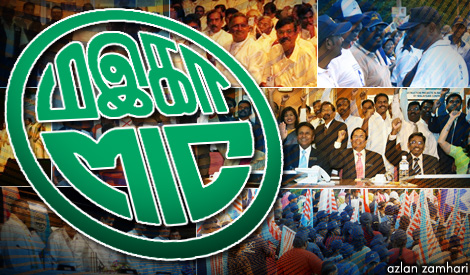
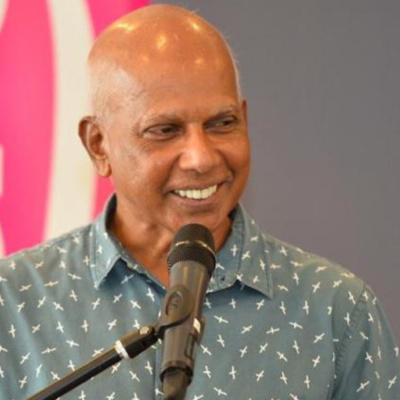



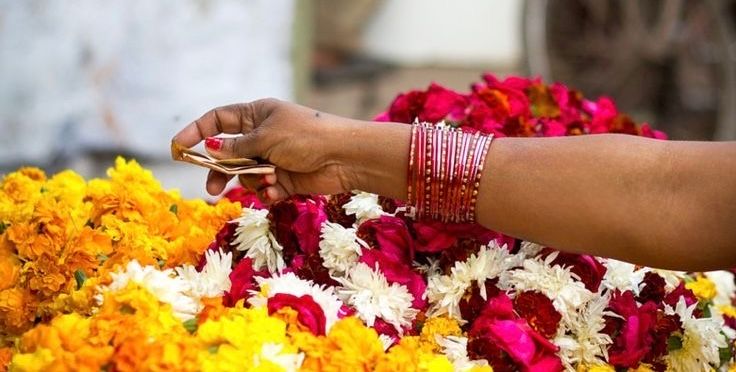
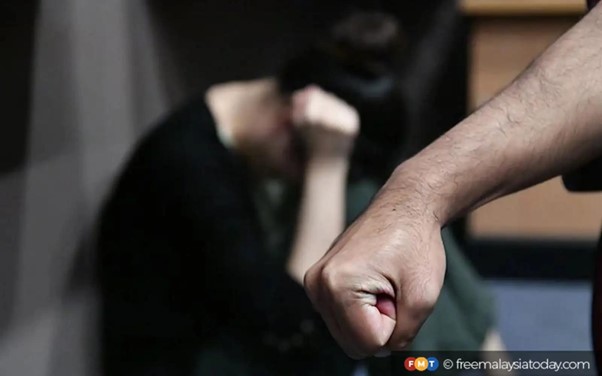

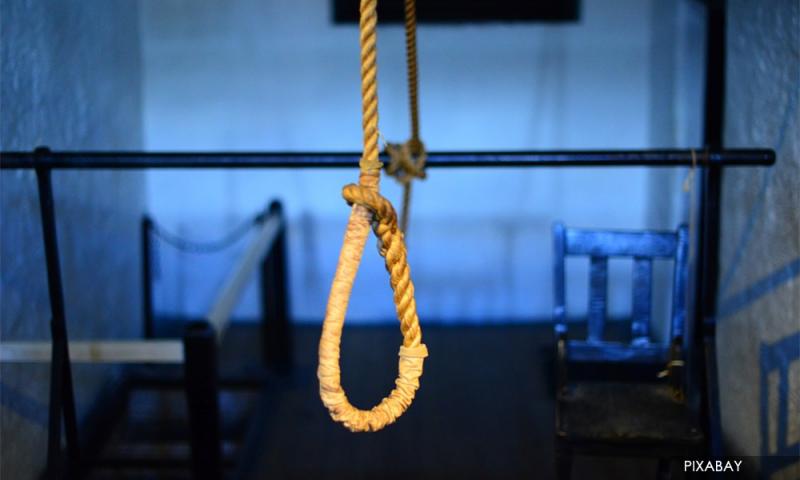

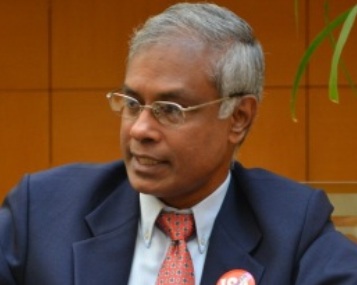
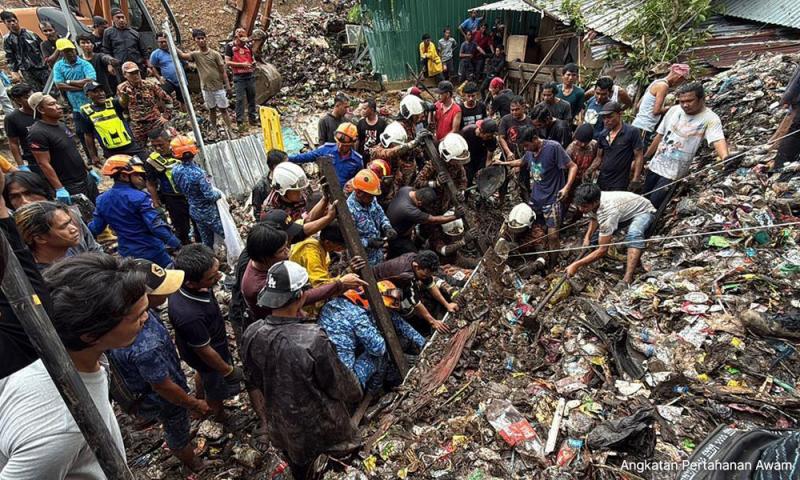
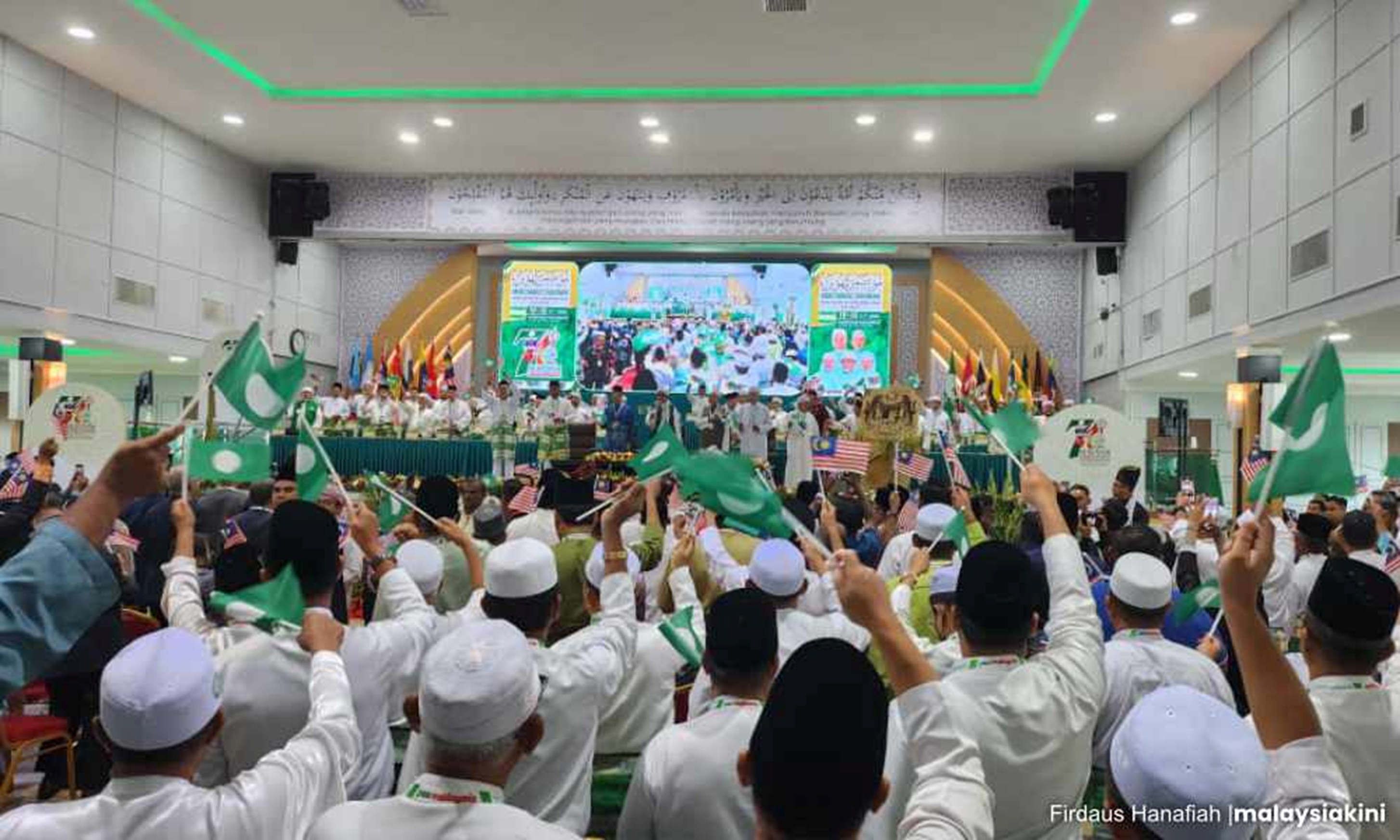
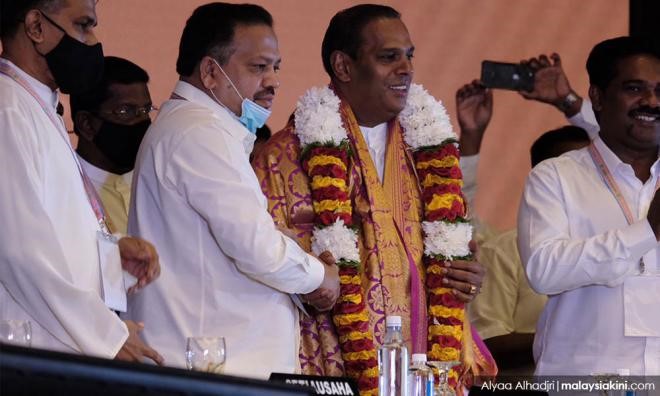

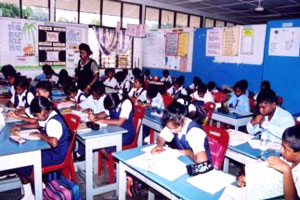
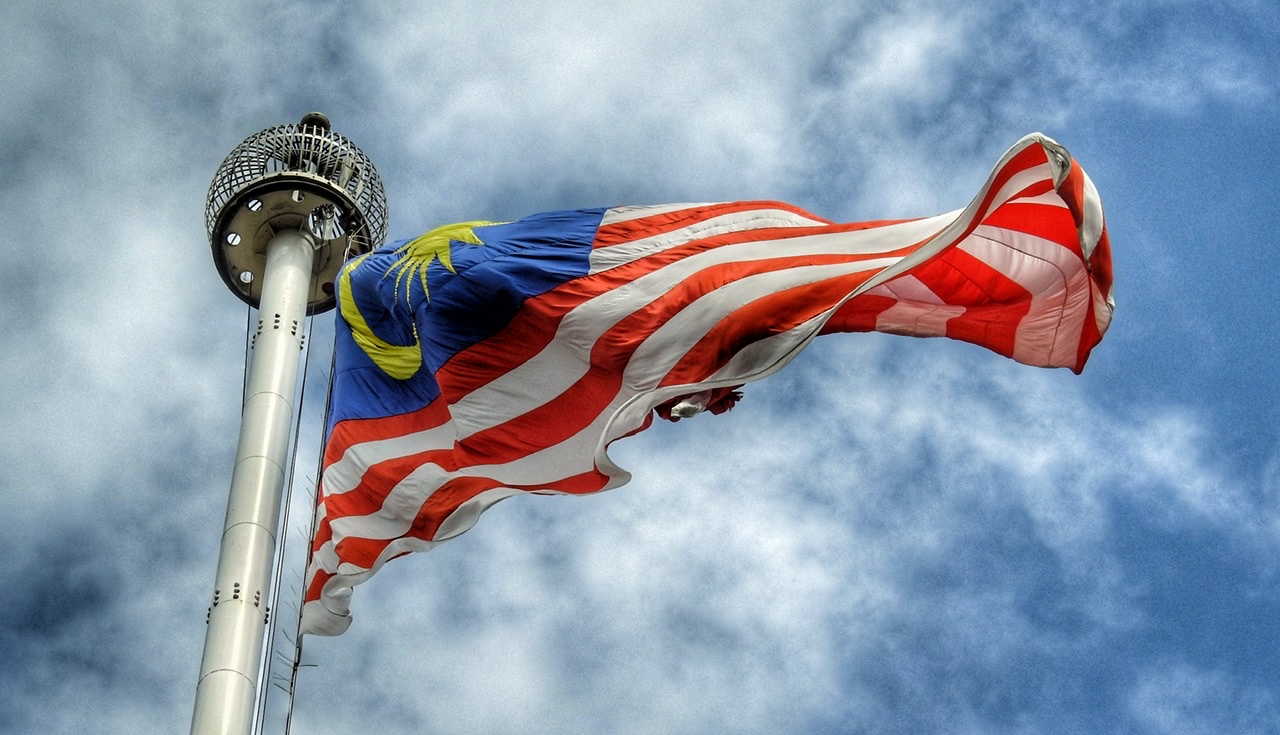
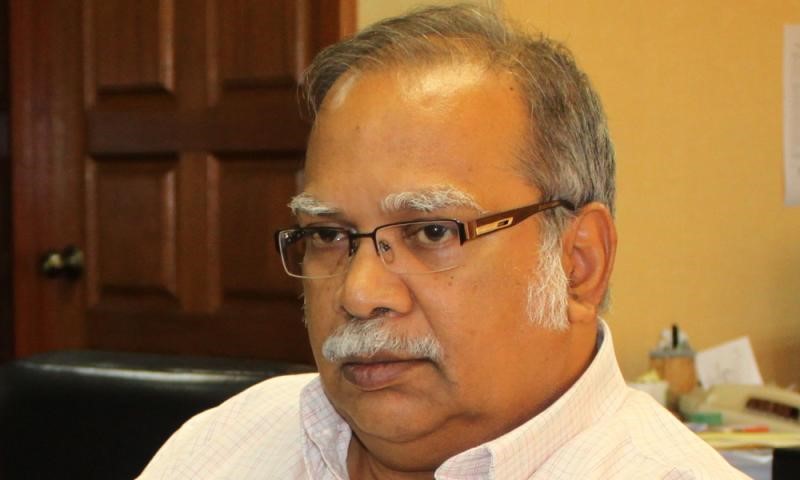
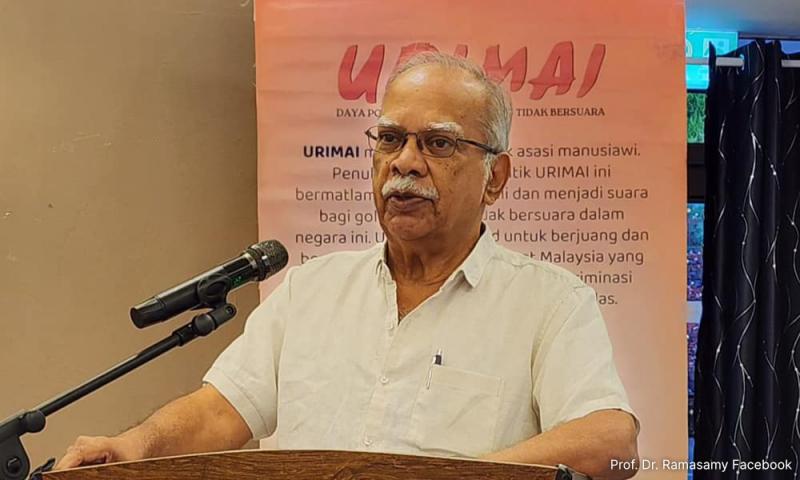
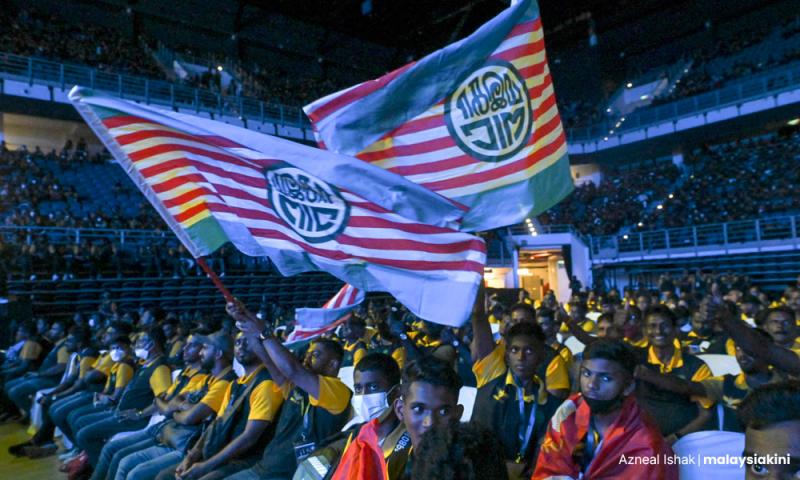




நகரங்களில் வாழும் குறைந்த வருமானம் பெரும் நம்மவர் மூன்று சதவிகிதம் மட்டுமே வீட்டுடமையாளர்களாக இருப்பது வருத்தத்திற்கு உரியது .அவர்களை வீட்டுடமையாளர்களாக ஆக்க நம் சமுதாயத்த்தின் அனைவரும் கை கொடுத்தால் முடியாதது இல்லை .அதற்கான முயற்சிகளை உடனே செய்யவேண்டும் .கூடியவரை அரசியல்வாதிகள் சுயநலமற்ற சமூக நல வாதிகளாக இதில் பங்குபெறலாம் .ஆனால் அரசியல் வேண்டாம் .